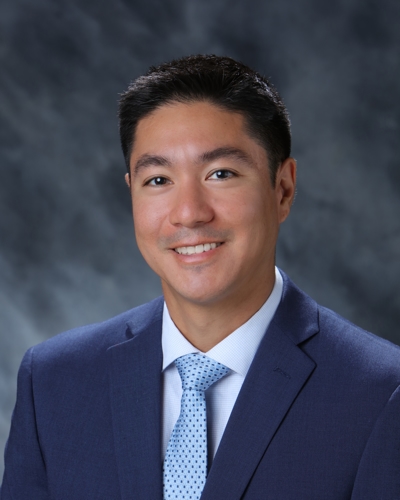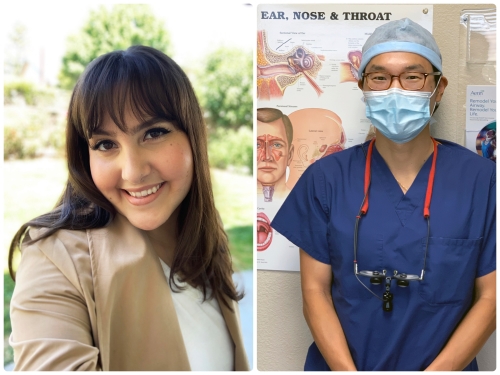
Laryngopharyngeal Reflux / LPR / GERD Treatment
Gastroesophageal reflux disease (GERD), commonly known as acid reflux, is a chronic condition associated with frequent heartburn. GERD occurs when acidic content from the stomach regurgitates, or refluxes, into the esophagus, causing inflammation and damage to the lining of the esophagus. The cause of GERD is unknown, but doctors believe it can be caused by a number of factors, including abnormal movement in the lower esophageal sphincter and a hiatal hernia. Heartburn, nausea, and difficulty swallowing are common symptoms of GERD, while ulcers and asthma can also occur in severe cases.
Some patients with GERD may also experience laryngopharyngeal reflux (LPR), which occurs as acid from the stomach rises to the esophagus and enters the back of the throat. Patients suffering from LPR report a bitter taste in their mouth and the feeling that something is caught in the back of their throat. In some cases, LPR can also cause breathing difficulties.
While GERD and LPR are chronic conditions that cannot be cured, most of the symptoms can treated to effectively reduce the severity and frequency. Symptoms of GERD and LPR can often be treated through lifestyle changes and medication. Surgery may be required for more severe cases. Our doctors can determine the most effective treatment option for your LPR or GERD symptoms at our office.
Laryngeal Examination Methods
Flexible Fiber Optic Laryngoscopy
Flexible fiber optic laryngoscopy is a diagnostic examination performed to view the throat and its surrounding structures. It is performed using a thin, flexible endoscope attached to a fiber optic cable, which enables the doctor to view a greater portion of the throat than possible through other imaging examinations. During a flexible fiber optic laryngoscopy, the endoscope is inserted into the patient’s nose and moved into the throat. The patient stays awake, giving the doctor a more accurate view of the vocal cords. After the examination, patients can immediately resume their normal activities.
Rigid Laryngoscopy
Rigid laryngoscopy is a minimally invasive procedure that provides visual access to the vocal cords in order to diagnose and treat conditions such as hoarseness, weak voice, polyps, difficulty swallowing or laryngeal cancer. During this procedure, a rigid fiber optic tube is inserted into the throat to evaluate the area. This procedure is performed under general anesthesia in our office. The fiber optic tube is inserted to evaluate the area, and may remove a small tissue biopsy if needed. After this procedure, patients may experience hoarseness and swelling, and should rest their voice for a few days.
Digital Laryngeal Stroboscopy
Digital laryngeal stroboscopy is an advanced procedure performed to analyze the motion of the vocal cord vibrations and identify any potential abnormalities that may be causing hoarseness, sore throat or other symptoms. This procedure may also be used to compare the appearance and movement of the vocal cords before and after treatment for any detected problems.
This procedure is performed on an outpatient basis in our office, and involves inserting an endoscope through the nose and into the throat, where it is lead to the vocal cords. The stroboscope technology used will capture slow-motion images of the vocal cords while the patient speaks to provide clear, informative photos of the rapidly moving structures, which can be viewed in real-time by the doctor and patient.
-
ENT/Otolaryngology ENT, Otolaryngology 2557 Mowry Ave.
Suite 30
Fremont, CA 94538
(510) 248-1590 More Information




